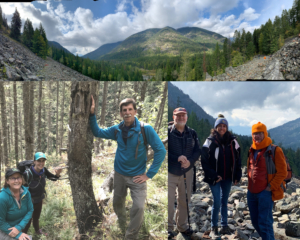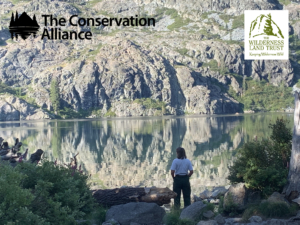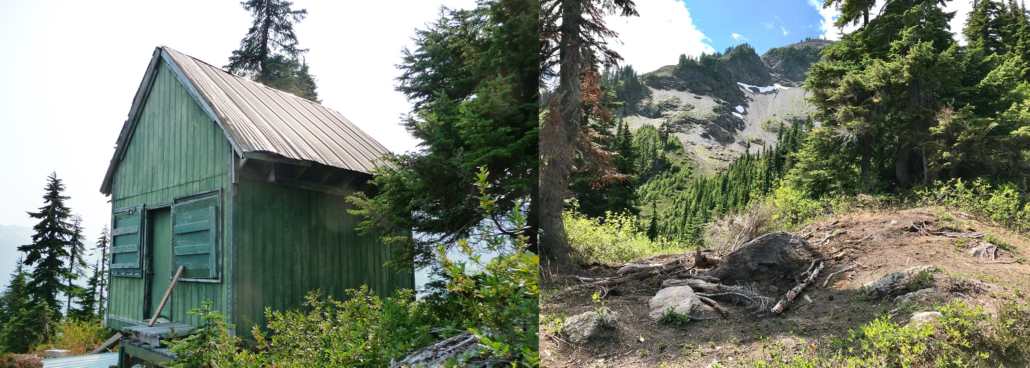July 9, 2019 — Wander through the wooded shores of Castle Lake, scramble across some exposed rock and stroll through alpine meadows and you’ll find yourself on the shores of Heart Lake, taking in stunning views of Mt Shasta.
This three-mile round trip hike is now possible thanks to our purchase this month of the largest remaining private property within the designated Castle Crags Wilderness. The 637-acre property is home to a portion of Castle Lake and all of Little Castle Lake. By purchasing this property, we are protecting the hiking trail to Heart Lake, as well as access to lake activities, fishing and hunting. Our purchase protects the property from logging and development, which would have threatened old growth forest, critical habitat and a major source of clean water for California and the West.
What We’re Saving
This property provides access to a portion of Castle Lake beach, the trail to Heart Lake, all of Little Castle Lake and Mt. Bradley Ridge. It also includes shoreline and the outflow stream from Castle Lake, an area that is loved by residents and visitors. Castle Lake is well-used by summer hikers, swimmers, kayakers and wildflower lovers; in the winter it hosts backcountry skiers and snowboarders, ice skaters and a few hearty folks who drill through the ice to fish.
The Castle Crags iconic rock formation is a world-class climbing destination simply known as “the Crags” and the landscape is sacred to the Wintu Tribe as a source of medicinal plants and place of spiritual guidance.
A 14-mile section of the Pacific Crest Trail (PCT) winds through the landscape nearby, and protecting this land provides an opportunity to connect to the PCT from Castle Lake in the future. The surrounding wilderness provides critical habitat for Pacific marten, blue ribbon trout, black bears, a growing wolf population and the endemic Castle Crags harebell wildflower.
The Trust will now undertake the multi-year process of transferring it to public ownership through the Shasta-Trinity National Forest to increase recreational access for campers, hikers, lake visitors and hunters. Acquisition of the Little Castle Lake property builds on the Trust’s recent Castle Crags project. In June 2018, the Trust transferred 1,256 acres of the Crags to the Shasta-Trinity National Forest, opening access from the east to trails and world class rock climbing, as well as preserving wildlife habitat and an important water source for California residents.
We are actively fundraising the $365,000 needed to pay off our loan, insure the property and undergo the multi-year process to transfer this land to public ownership within the Shasta-Trinity National Forest.
For more information on this project or our work:
THE WILDERNESS LAND TRUST
PO BOX 881
HELENA, MT 59624








 major source of clean water. Our purchase also protects all of Little Castle Lake, part of Castle Lake, the hiking trail to Heart Lake, and access to lake activities, fishing and hunting.
major source of clean water. Our purchase also protects all of Little Castle Lake, part of Castle Lake, the hiking trail to Heart Lake, and access to lake activities, fishing and hunting.










